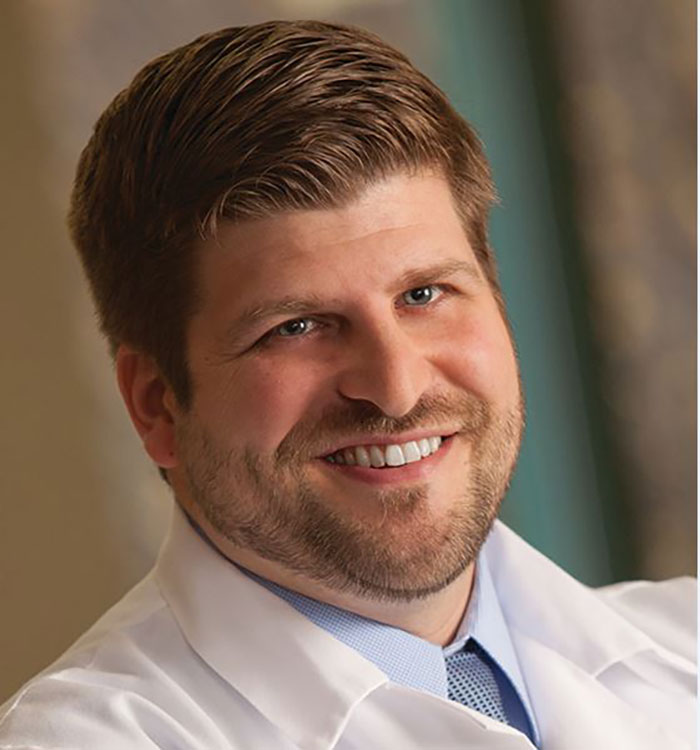Curtailing Complications
July 06, 2018
Hip arthroscopy innovation now employed at UH represents paradigm shift for the surgery
UH Clinical Update - July 2018
 Michael Salata, MD
Michael Salata, MDOrthopaedic surgeons at University Hospitals in Cleveland, Ohio, are the first in Northeast Ohio to employ a new technique that lessens complications when performing hip arthroscopy, the minimally invasive procedure used to treat labral tears, femoroacetabular impingement and other conditions of the hip joint.
“When we do hip arthroscopy, we need to open the joint up so that we can safely pass our instruments into the joint,” says UH orthopaedic surgeon Michael Salata, MD. “The traditional way to do that is to pull traction on the leg and to place a large padded post in the patient’s perineal area to give you counter-traction. The problem is that the compression of the groin by the post comes with a risk of either transient or permanent pudendal nerve palsies, which leads to numbness of the genital area. It also has been reported to lead to things like urinary retention, increased post-operative pain, retrograde ejaculation and erectile dysfunction after the surgery. There have been studies showing that between 16 and 25 percent of patients can at least have a transient or short-lived numbness to their groin, which can last up to six weeks.”
The new surgical approach being used at UH virtually eliminates these complications, Dr. Salata says.
“We’re the first to provide post-less distraction of the hip joint, which essentially eliminates the risk of pudendal nerve palsy entirely and leads to decreased risk of post-operative pain, decreased risk of urinary retention and any of those other comorbidities that are associated with the post,” he says.
To employ its new approach, the UH team is using a traction pad on the operating table that maintains the patient in the feet-higher-than-the head Trendelenburg position.
“The pad allows for more friction of the torso and the trunk,” Dr. Salata says. “While the patient is on this pad, that provides the friction that keeps them on the table. We’re then able to use their body weight as a counter-traction in order to open the joint up, eliminating the need for the post.”
Dr. Salata says he expects more orthopaedic surgery centers will soon adopt the post-less hip arthroscopy technique. In the meantime, he says he’s pleased with the advantages the innovation can provide for current UH patients.
“This technique provides an improved safety profile for our patients,” he says. “It’s been incredibly successful. Our patients post-operatively have had less discomfort and it’s probably sped their recovery as well.”
Dr. Salata is currently the only UH orthopaedic surgeon using this new technique for hip arthroscopy. For more information or to refer a patient to Dr. Salata, please call 216-286-8070.
Tags: Hip


